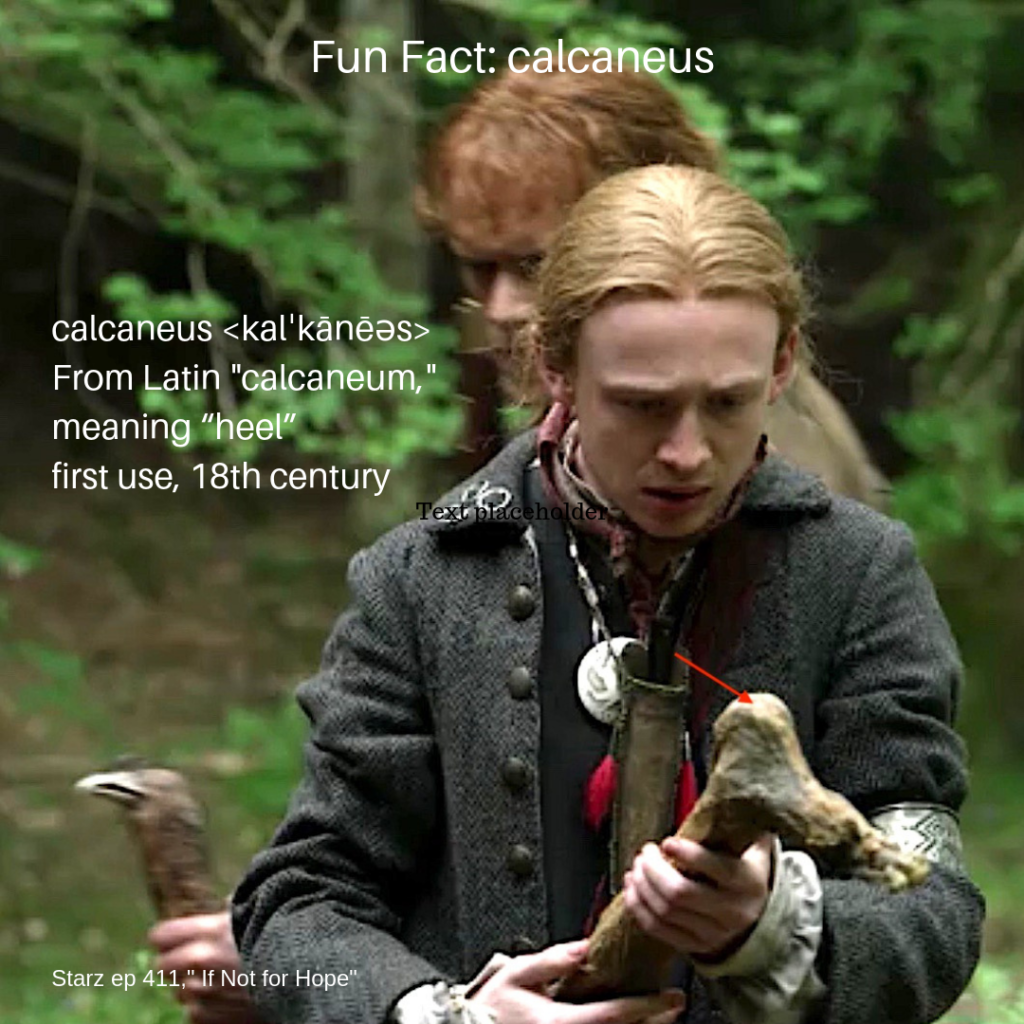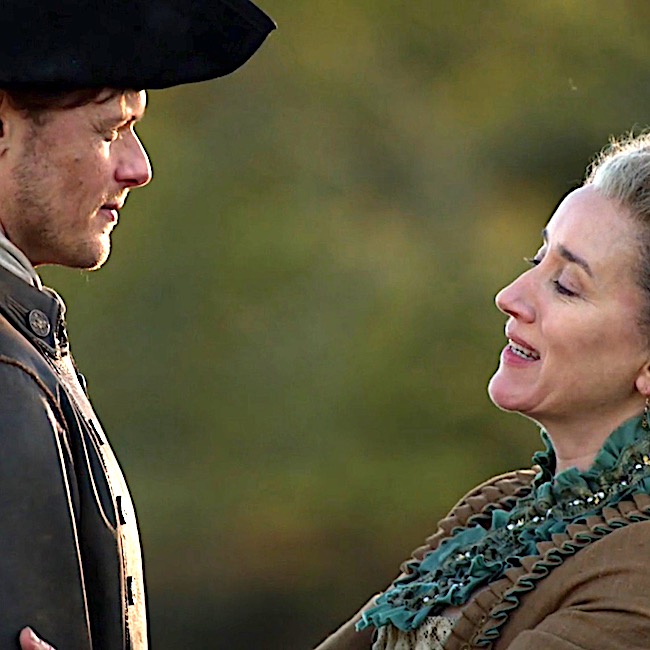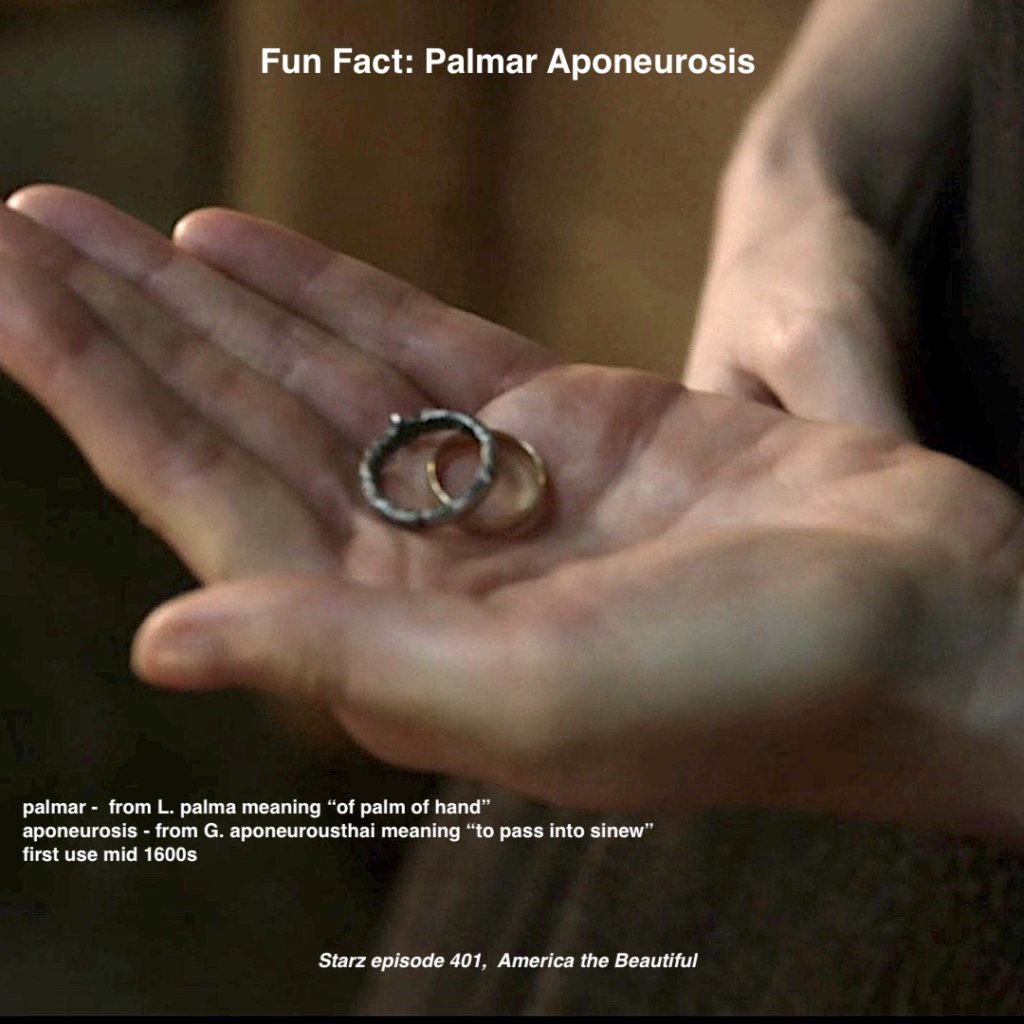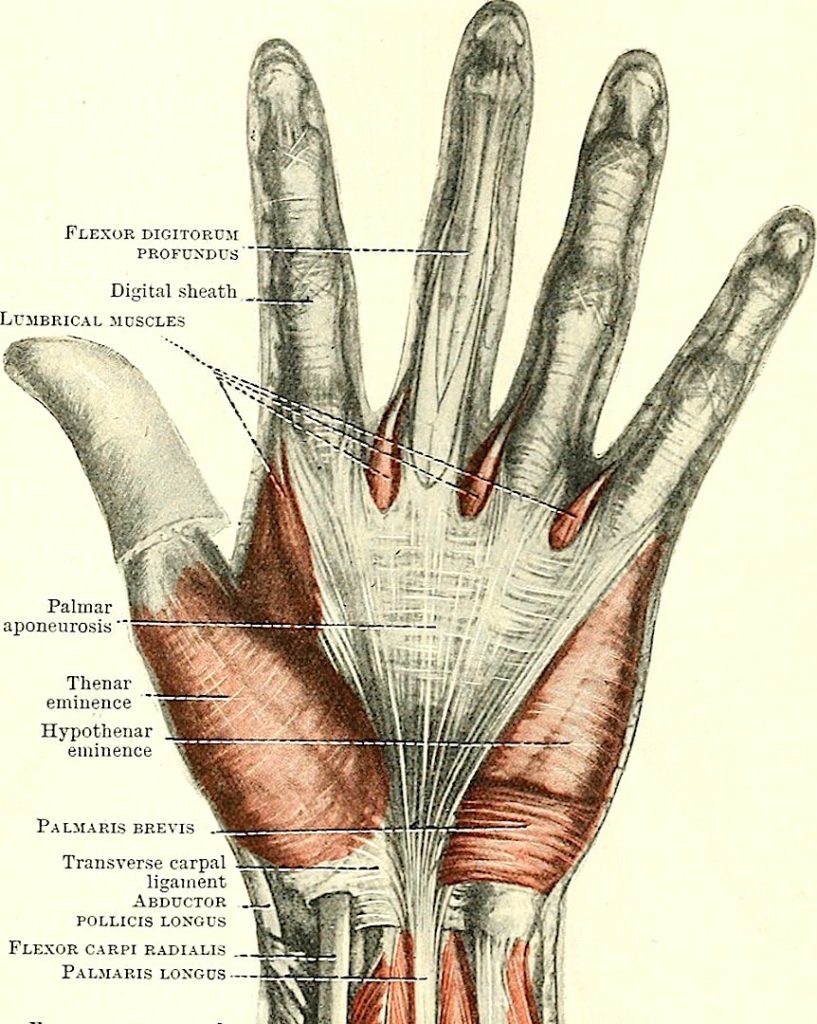
Anatomy Def: Calcaneus, largest of the foot bones (red arrow), forms the heel.
Outlander Def: Rollos’s grisly munch-brunch!
Learn about the calcaneus in Anatomy Lesson #59, Complete Feet.
Calcaneus is the largest of 7 irregularly-shaped tarsal bones of the foot skeleton. It forms the heel of foot and in profile resembles a pistol grip. It serves us well by performing the following:
- provides attachment for the Achilles’ (calcaneal) tendon (via posterior tubercle)
- one of the most important weight-bearing bones of body
- provides attachment for foot ligaments and 9 muscles (3 via Achilles’ tendon)
- provides leverage for tendon of long flexor of great toe (flexor hallucus longus) to improve spring (as in jumping)
A fracture of the calcaneus also goes by the odd names, lover’s fracture or Don Juan fracture. Here, a person falls from a great height and lands on the heels, crushing the calcaneus under the body’s weight. Just imagine a cheating wife’s lover jumping from a bedroom window to escape an enraged spouse – hence, the name. Run!
Read about heels in Diana’s splendid tome, Drums of Autumn. This excellent scene at River Run, (which has yet to appear in TV Outlander S4) describes Jamie doing a heel pirouette in his plaid for his wife (who else?)! He whirls on his calcaneus. Yay!
He hadn’t worn the kilt since Culloden, but his body had not forgotten the way of it.
“Oh!” I said.
He saw me then, and white teeth flashed as he made me a leg, silver shoe-buckles gleaming. He straightened and turned on his heel to set his plaid swinging, then came down slowly, eyes fixed on my face.
For a moment, I saw him as he had looked the morning I married him. The sett of his tartan was nearly the same now as then; black check on a crimson ground, plaid caught at his shoulder with a silver brooch, dipping to the calf of a neat, stockinged leg.
See Ian grip what is left of right leg and foot from Roger’s unfortunate fellow traveler in Starz ep 411, If Not for Hope. Look closely – a severed Achille’s tendon dangles from the calcaneus. Fabulous!
Rollo, what have ye got there? Yikes, it’s human! Bad wolf-dog! No more bedtime kisses. 😉
A deeply grateful, Outlander Anatomist
Photo credit: Starz



